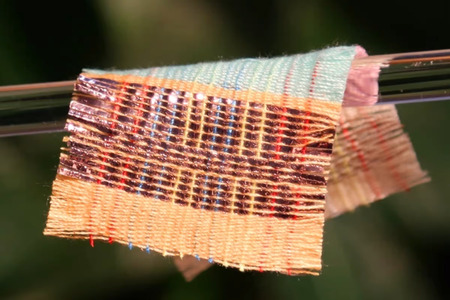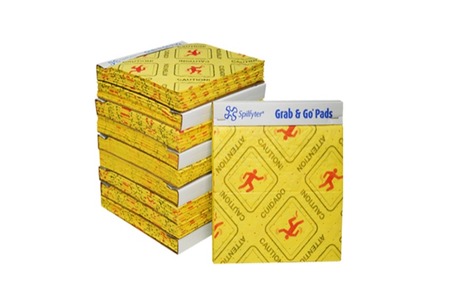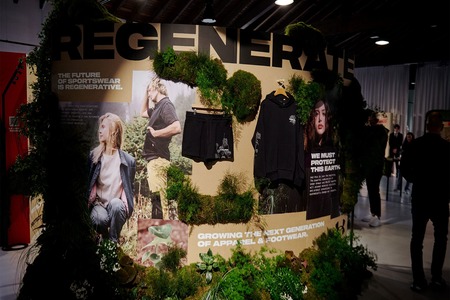
Researchers develop solar-powered heating fabric
YarnsandFibers News Bureau 2025-01-24 17:27:11 – CanadaResearchers at the University of Waterloo have created a groundbreaking fabric that heats up when exposed to sunlight. This innovative material uses polymer-based nanoparticles embedded in its fibers to provide a sustainable and energy-efficient way to stay warm during colder weather.
Unlike traditional heated clothing, which relies on metal or ceramic elements powered by external sources and poses potential safety concerns, this new fabric eliminates those risks. It uses conductive polymer nanoparticles capable of producing heat up to 30°C when exposed to sunlight. Additionally, these nanoparticles give the fabric a unique ability to change color, visually signaling temperature changes.
The fabric is made through a scalable wet-spinning technique. This process blends polyaniline and polydopamine nanoparticles, which improve light absorption and convert sunlight into heat. A thermoplastic polyurethane matrix provides structure, while thermochromic dyes enable the reversible color-changing effect. The resulting smart fibers can be woven into a variety of textiles, expanding their potential uses.
The material is highly durable and flexible, able to stretch up to five times its original size without losing functionality. It remains effective even after 24 washing cycles, retaining both its heating and color-changing properties. This durability makes it a practical choice for everyday use.
Market Intelligence
Ask for free sample Report

experience
Customer Base
dedicated team
Countries Served Worldwide









